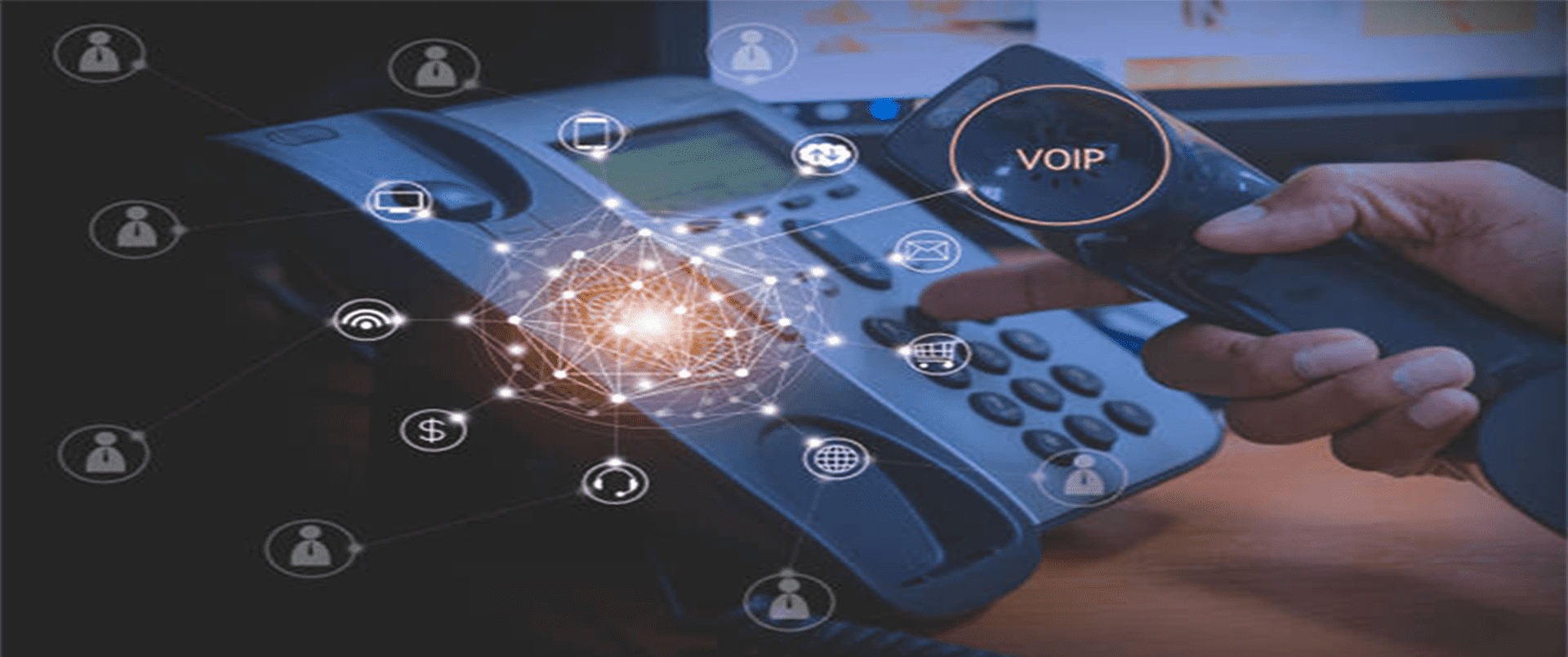
The receptionist selects the service/specialty required for the visitor based on students through the service unit in front of him equipped with a thermal printer and a keyboard to choose the services.
Installing a customer call system and an IP centralized system involves setting up the infrastructure and equipment necessary to facilitate effective communication and connectivity. Here’s a general outline of the installation process for these systems:
During the installation process, it’s important to follow manufacturer guidelines and industry best practices. If you’re not familiar with the technical aspects of these systems, it’s recommended to consult with experienced professionals or hire specialized installers who can provide expert guidance and ensure a successful installation.